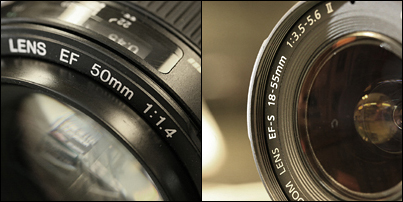- Messages
- 24
- Edit My Images
- Yes
Hi everyone,
I am fascinated by low light street photography which is rather challenging on film. I love in motion pictures (shot on film,) how the moody night time city scenes look or how the dim indoor scenes have such rich blacks but also vibrant night time colours. An example of this would be almost every shot from the original Terminator, but there are a million films that pull this off. I know nothing about the technicialities of making a motion pictures on film except the real basics. They are shot on film like my still photography and given that they are typically 24 frames per second, they cannot have long exposure time. The longest possible would be around 1/30th of a second which is short enough for my hand held still shots to be blur free.
I have researched and found that the terminator was shot on a Kodak motion picture stock rated at 250 iso, tungsten balanced. In otherwords, not a high iso film.
Are there techniques that I can take from this parallel discipline or is the simple secret that the end product looks dark, but actually it was shot on a set/backlot and actually there was tons of light at the time? Is it just that through the magic of making movies they have recreated a dark scene in the final film by filming on what was a very bright envirnoment and then simply controlling the post production to make it look the same as what I recognise night time to look like in reality.
Not really sure how to research this topic other than asking folks who may already have a proper insight into what is a very exclusive industry.
I am fascinated by low light street photography which is rather challenging on film. I love in motion pictures (shot on film,) how the moody night time city scenes look or how the dim indoor scenes have such rich blacks but also vibrant night time colours. An example of this would be almost every shot from the original Terminator, but there are a million films that pull this off. I know nothing about the technicialities of making a motion pictures on film except the real basics. They are shot on film like my still photography and given that they are typically 24 frames per second, they cannot have long exposure time. The longest possible would be around 1/30th of a second which is short enough for my hand held still shots to be blur free.
I have researched and found that the terminator was shot on a Kodak motion picture stock rated at 250 iso, tungsten balanced. In otherwords, not a high iso film.
Are there techniques that I can take from this parallel discipline or is the simple secret that the end product looks dark, but actually it was shot on a set/backlot and actually there was tons of light at the time? Is it just that through the magic of making movies they have recreated a dark scene in the final film by filming on what was a very bright envirnoment and then simply controlling the post production to make it look the same as what I recognise night time to look like in reality.
Not really sure how to research this topic other than asking folks who may already have a proper insight into what is a very exclusive industry.






